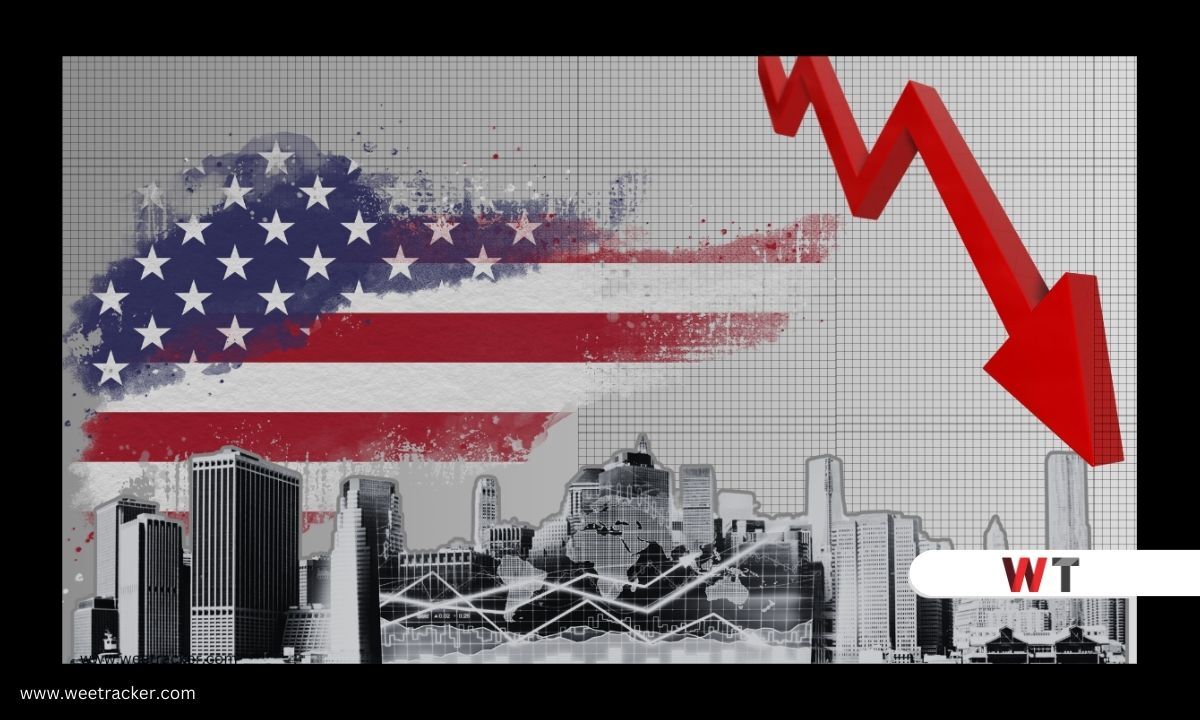

By
|
April 7, 2025
Most Read
Premium
Nigeria’s Top Telcos Struggle To Sell Mobile Money In Crowded Market
On Nigeria’s bustling streets, the signs of Nigeria’s fintech boom are everywhere. Small
Premium
Fintechs Are Going All In As Stablecoins Quietly Flip The Script In Africa
A quiet revolution is brewing in Africa’s financial sector, and stablecoins are at
Premium
Why Egypt And Morocco Can’t Ignore Crypto Anymore
Crypto has become an immovable force in today’s global financial economy. Yet for